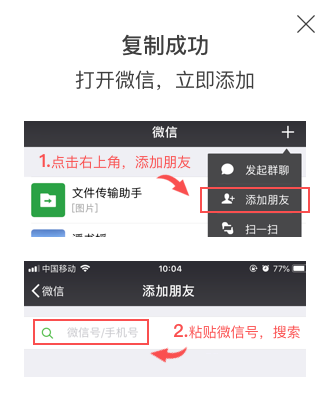2009 SLICC修改的ACR系统性红斑狼疮分类标准 (原创)
2010-08-06 17:51 发布
上一篇: 类风湿关节炎常用药物与不良反应 (原创)
下一篇: 6月3日义诊和健康讲坛通知 (原创)
医生其他文章

2010-08-06 17:51 发布
上一篇: 类风湿关节炎常用药物与不良反应 (原创)
下一篇: 6月3日义诊和健康讲坛通知 (原创)
医生其他文章


预约专家
留下您的联系方式,预约成功会及时通知您
预约成功
好孕帮顾问会及时与您确认专家预约时间,请保持手机畅通